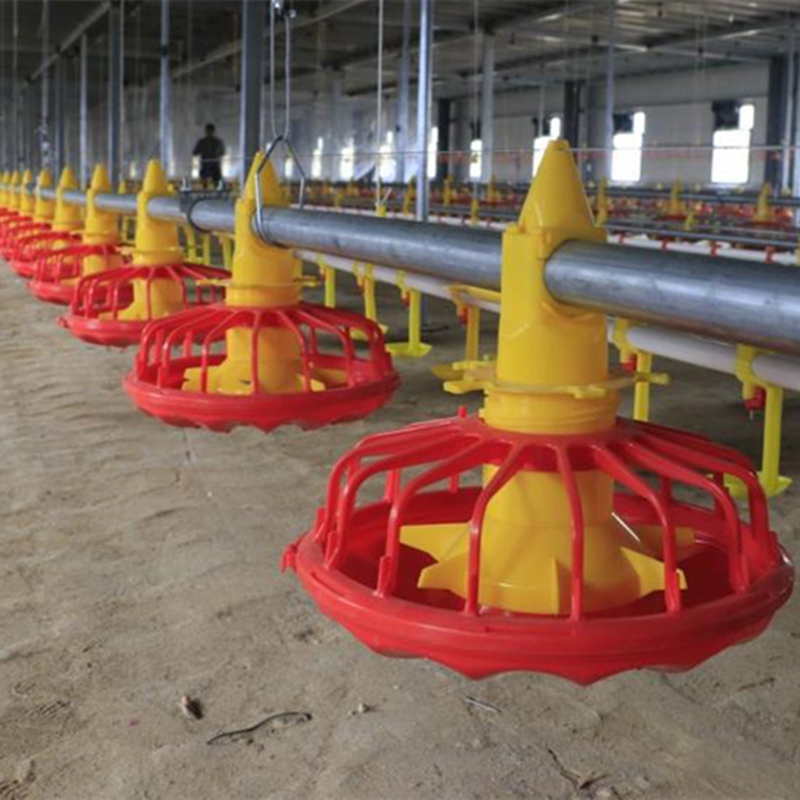Fish Feed Milling Machine - High-Quality Feed Production Equipment
സെപ് . 02, 2024 03:37 Back to list
Fish Feed Milling Machine - High-Quality Feed Production Equipment
The Evolution and Importance of Fish Feed Milling Machines
In the aquaculture industry, the nutrition of fish is paramount for achieving optimal growth rates and health. Fish feed milling machines play a crucial role in this sector, as they are responsible for producing high-quality feed that meets the dietary needs of various fish species. The development of these machines has significantly evolved over the years, enhancing efficiency, productivity, and the nutritional value of fish feed.
Fish feed milling machines operate through a series of processes that include grinding, mixing, pelleting, and drying ingredients to create feed. These machines are designed to handle various raw materials, including fish meal, soybean meal, corn, and other nutritional additives. The ability to customize the feed formulation allows aquaculturists to cater to specific fish species, thereby optimizing growth and improving feed conversion ratios.
Types of Fish Feed Milling Machines
There are several types of fish feed milling machines, each designed to cater to different production scales and requirements
. The most common types include1. Hammer Mills These machines crush and grind raw materials into fine particles. The hammer mill is often the first step in the feed production process, ensuring that all ingredients are uniformly sized for effective mixing.
2. Mixers After grinding, the ingredients are combined in mixers. Ensuring a consistent blend of nutrients is essential for producing high-quality feed. Modern mixers come equipped with advanced technology to enhance mixing efficiency and reduce production time.
fish feed milling machine

3. Pellet Mills Once the ingredients are mixed, the mixture is transformed into pellets using a pellet mill. This process involves applying heat and pressure, which not only shapes the feed but also improves digestibility for fish.
4. Dryers The final step in the fish feed production process is drying. Proper drying prevents mold growth and ensures a longer shelf life for the feed, which is critical for maintaining its nutritional quality.
The Significance of High-Quality Fish Feed
The quality of fish feed produced using these milling machines directly impacts not only the growth and health of fish but also the overall sustainability of aquaculture practices. With increasing global demand for seafood, the efficiency of feed production is essential for meeting consumption needs without over-exploiting natural fish stocks. High-quality feed contributes to faster growth rates, reduces food waste, and minimizes the environmental impact of aquaculture activities.
Furthermore, innovations in fish feed milling technology are paving the way for the incorporation of alternative proteins and sustainable ingredients. This shift is crucial as the industry seeks to reduce its reliance on overfished resources. Developments in feed formulation and milling technology enable the production of nutrient-dense feed from sustainable sources, supporting both the health of fish populations and the ecosystems in which they thrive.
Conclusion
As aquaculture continues to expand, the importance of fish feed milling machines cannot be overstated. These machines not only enable the production of high-quality feed but also contribute to the long-term sustainability of the aquaculture industry. By investing in advanced milling technologies, producers can ensure that they meet the growing demand for fish while maintaining the health of both fish and the marine environment. The evolution of fish feed milling technology is a testament to the industry's commitment to innovation and sustainability, marking a significant step forward in responsible aquaculture practices.
-
Automatic Feeding Line System Pan Feeder Nipple Drinker|Anping County Yize Metal Products Co., Ltd.
NewsJul.30,2025
-
Automatic Feeding Line System - Anping Yize|Pan Feeder,Nipple Drinker
NewsJul.30,2025
-
Automatic Feeding Line System - Anping County Yize Metal Products Co., Ltd.|Pan Feeder, Nipple Drinker
NewsJul.30,2025
-
Automatic Feeding Line System-Poultry Farming|Chicken Feeding&Watering
NewsJul.30,2025
-
Automatic Feeding Line System - Anping County Yize Metal Products Co., Ltd.|Pan Feeder Nipple Drinker,Broiler Farming
NewsJul.30,2025
-
Automatic Feeding Line System Pan Feeder Nipple Drinker-Anping County Yize Metal Products Co., Ltd.
NewsJul.30,2025






